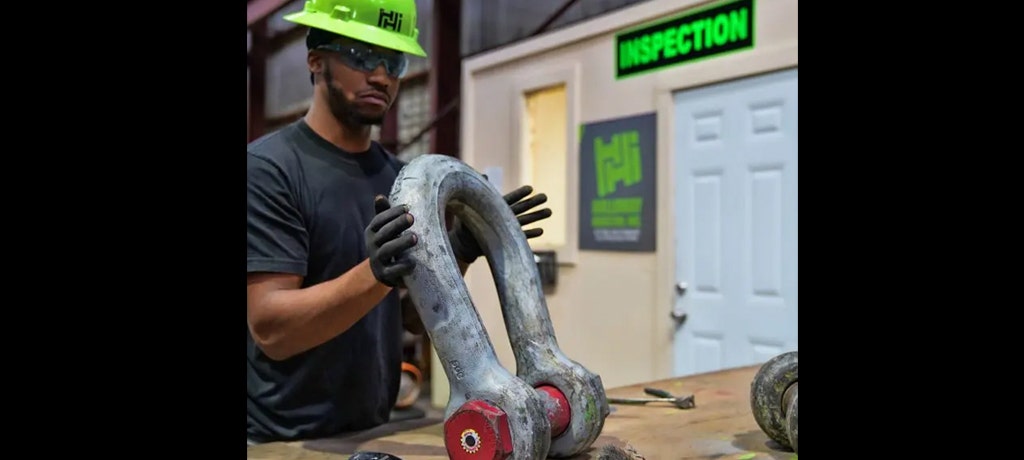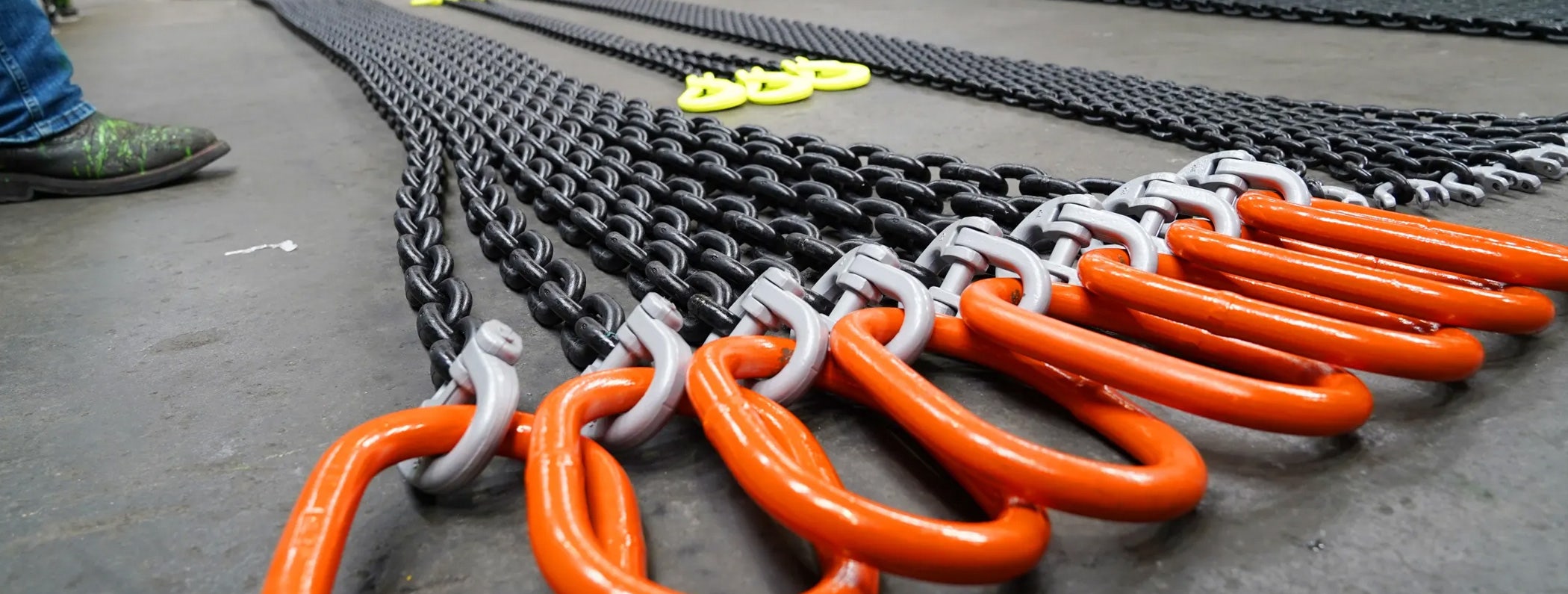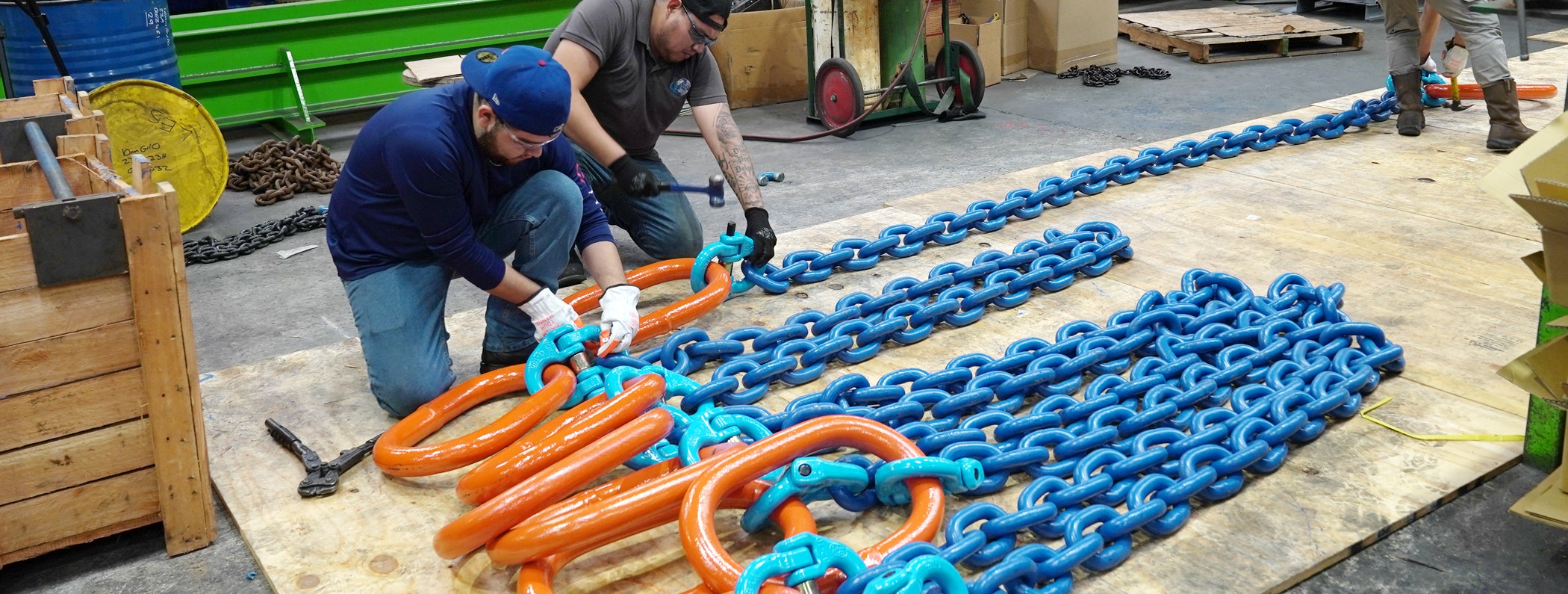Why Hardware Inspection is Necessary and How to Do It

Many industries, such as manufacturing, power and energy, construction, aviation, and shipping, rely on a variety of material handling systems and lifting equipment. Some of the common equipment as forklifts, cranes, spreader bars, hooks, and wire rope sling. With the right set of equipment, you can increase your productivity, reduce your operation costs, and decrease losses due to delay.
However, you need to regularly inspect the equipment before each use to ensure safety and efficiency.
Let’s take a look at why hardware inspection is necessary and how you can do it.
1. Why Regular Hardware Inspection Is Necessary
Regular hardware inspection comes with several benefits. That’s why different regulatory bodies such as the Occupational Safety and Health Administration (OSHA) recommend preventive maintenance and inspection.
Here are a few benefits of regular hardware inspection.
- Safer Workplace
Regular hardware inspection allows you to spot potentially life-threatening wear and tear before it can cause damage. As a result, you can create a safer workplace, guarding your workers and everyone else from catastrophic injuries and even fatalities.
- Lower Equipment Damage
By detecting malfunctions or wear and tear during the inspection, you can avoid the equipment from suffering significant damage. It can also increase the life of your material handling and rigging equipment.
- Reduce Expenses
Although regular inspection requires some resources, it often translates into reduced repair and replacement costs in the long run. It is usually less expensive to repair equipment if you catch the defect early. It will also help lower your operation costs in the long term.
- No Unscheduled Downtime
Regular inspection also prevents your equipment from sudden failure that usually results in unscheduled downtime, costing your organization a lot of money. In some cases, unscheduled downtime can bring down a complex supply chain, putting your business at tremendous risk.
- Optimal Productivity
Another significant advantage of regular hardware inspection is the optimal productivity of your material handling equipment. As you can identify defects at an early stage, keeping your moving, rigging, and lifting tools in prime working condition becomes easier. Thus, your equipment offers optimal productivity for a long time.
- Longer Equipment Life
Early detection of defects and repair issues allows you to protect your equipment from extensive damage. Thus, regular inspection can also help extend the life of your equipment.
2. How to Do It
With a plethora of benefits waiting to be lapped up, it makes sense to implement regular hardware checkup. Here is how you can do it.
- Start with a Visual Inspection
Visual inspection is the best way to start your regular checkup. From wire rope slings to spreader bars, you can inspect almost every type of material handling equipment visually. All you need to do is check every visually inspectable element of the equipment carefully.
Depending on the size and type of equipment, a visual inspection can take a few minutes or maybe longer. You need to look for typical signs of physical damage such as abrasions, cuts, blemishes, dents, and any other kinds of deformation. You can also look for rusty and decayed parts in complex machines that you think need replacement.
- Check the Equipment for Missing Parts
During the visual inspection, check for missing parts. Complex machines such as cranes, forklifts, hoists, and conveyor belts may have small complements like bolts, nuts, screws, and split pins, among others, which may go missing over time.
Before test-operating your equipment, you must check for and replace those parts. You should also check if certain parts, especially hydraulic joints, require grease and oil. Make sure to apply oil and grease wherever necessary immediately.
- Try Test-Operating All Controls
Next, you should test-operate all the controls of material handling equipment. Think of this as more like a pilot run. This step is particularly important for inspecting complex material handling equipment such as forklifts, cranes, and rigging tools.
Your checklist for test-operation will change depending on the type of equipment. For example, if you are checking the controls of a crane, you will need to check the hoists, full range of motions for different hydraulics, and brakes and gears, among other things. You can also try lifting a test load.
You should also check if all switches and interlocks are in excellent working condition. However, you must not test-operate damaged or malfunctioned equipment or parts. If you find physical damage, make sure to repair or replace that part before testing the equipment.
- Refer to Necessary Safety Guidelines
Most instruments and tools come with safety and operation guidelines from manufacturers. Plus, government regulatory bodies like OSHA also publish safety and usage guidelines from time to time. You have to make sure to follow these guidelines and safety instructions during every checkup.
Make sure the employees who will handle the tool in question are also aware of these instructions. If there is a user manual, keep it handy so that anyone using the equipment can go through it. Also, make sure the emergency shutdown, brakes or lockdown is working properly, especially for large machines.
- Periodic Third-Party Inspection
In addition to regular hardware checkup, you should also have your material handling equipment tested by certified experts. This third-party inspection should be conducted at least two-to-three times a year. However, depending on the use of your tools, you may need to get them checked more frequently. It’s better to use your common sense and refer to regulatory guidelines as well.
You can hire an expert in the respective field to carry out the inspection and provide you with a detailed report. However, make sure the expert is qualified to inspect the hardware in question. Maintain the documentation for all the tests conducted by your in-house and third-party experts. You can refer to these reports to see how long your equipment can last.
Parting Words
Regular hardware inspection may seem time-consuming and even slightly expensive. However, it will help you save costly repairs, prevent unexpected downtime, and avoid substantial productivity losses. Remember, prevention is always better than cure. Hopefully, this post will help you understand the need for hardware checkup and how to do it effectively. Good luck with keeping your equipment in top-notch order.
Get Inspection & Repair Services















